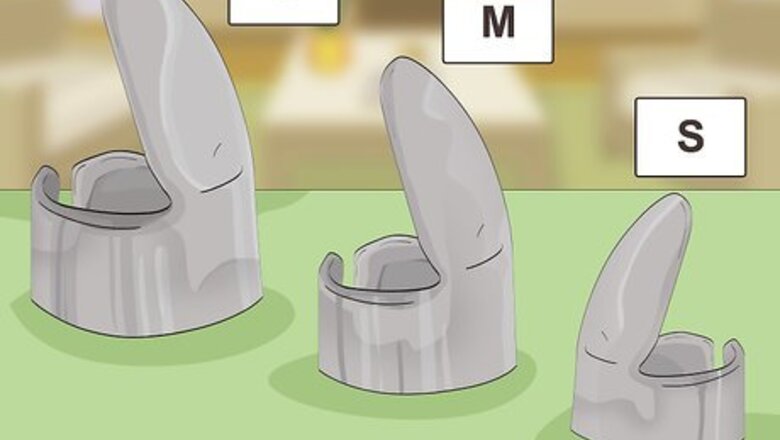
views
Choosing a Finger Pick
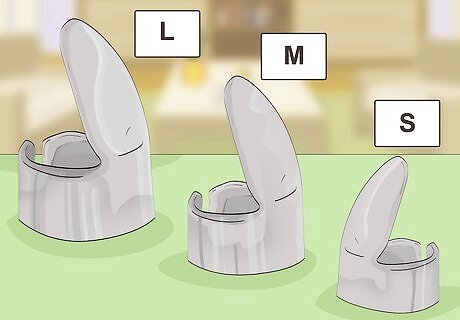
Wear the right size. Finger picks usually come in a small, medium, or large size. Wearing a finger pick that is too large or small can be uncomfortable and affect the way you play. It's ideal to go to a music store to try on the finger pick. If that's not an option, look for a sizing chart online. You should look for picks made for left hands if you are left-handed.
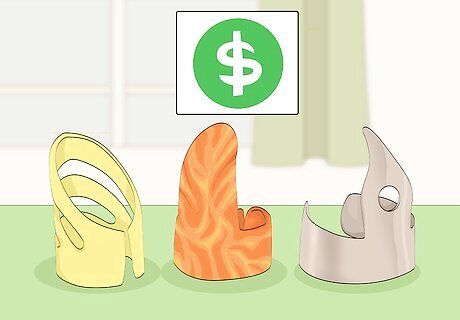
Look at a variety of picks. Some finger picks are as cheap as a dollar, but some can be as expensive as $35. It may seem tempting to go for the expensive one to assure a great sound, but that is not always the case. Cheap picks can often be just as good as expensive finger picks. You may want to pay more if you'd prefer handcrafted metal finger picks.
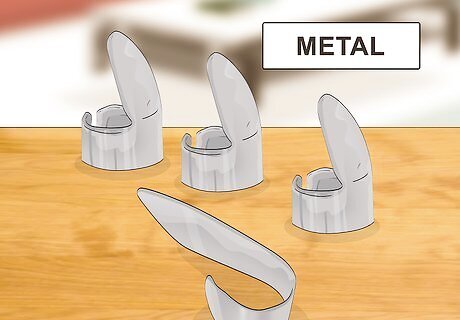
Choose metal for a louder sound. It's okay to use metal or plastic picks, but metal picks are ideal if you are going for a specific sound. A metal pick will help you produce a louder and more precise sound. Metal may also be more durable if you play hard and very often.
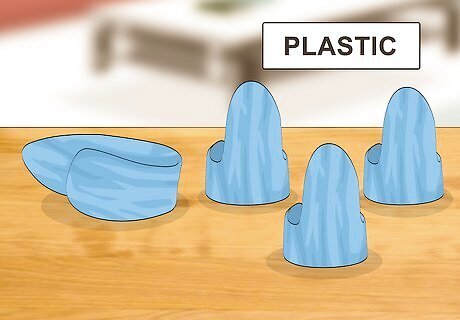
Go for plastic if you want a softer sound. Plastic is softer than metal, so naturally, it creates a softer sound with more ease than a metal pick would. Plastic is also a good idea if you plan to make adjustments to your finger pick because they are fairly malleable. It's also an option to combine plastic and metal fingers since people often wear three picks as they play.

Use a thin finger pick at first. Thinner picks are great for beginner players because they are lighter. This is good for people that aren't used to having picks on their fingers. They are also good because they are more flexible than thicker picks, and flexibility makes it easier to play. Thin picks aren't just for beginners though. They are good for achieving a delicate sound in your music.
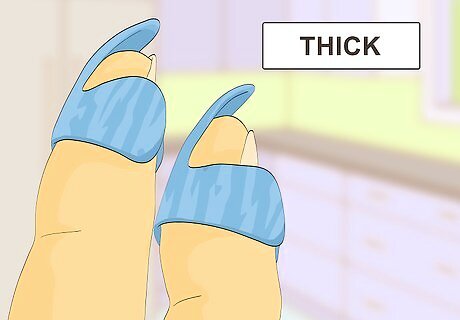
Wear a thicker pick for a fast playing style. Thick picks are great for more advanced players that feel confident with controlling their finger picks. They are also ideal for the faster strumming that is common with banjo playing. You can also use thicker picks if you want a heavier sound.
Putting on a New Finger Pick
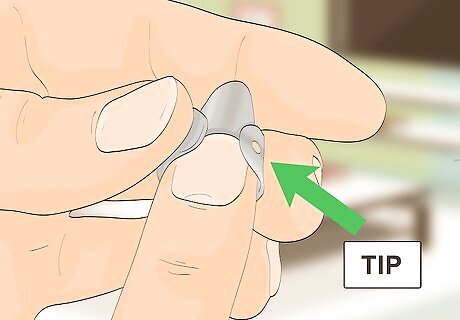
Place the pick on the end of your index finger. You will typically have to adjust the finger pick or picks before playing. To do this, first put the finger pick on the end of your index finger. The collar of the finger pick should be between the end of your finger and the first joint. The part that picks the instrument should be facing down. Musicians will often wear three picks at a time. If that's the case, put the other two picks on your thumb and middle finger. If you're wearing three picks, it's a good idea to use two metal picks and one plastic pick to get a range of sound. The collar of the pick should not actually be on the joint of your finger.
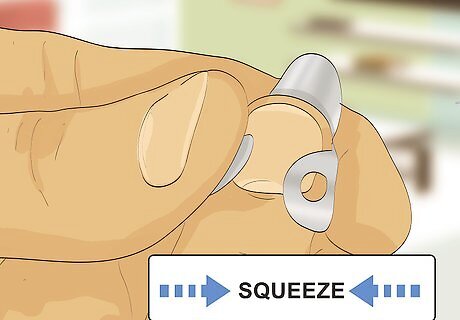
Form the pick to your finger. First, hold both sides of the collar of the pick with your opposite index finger and thumb. Give the finger pick a squeeze. Squeeze the pick until the pick is snug, but not too tight on your finger. The finger pick should extend slightly past the end of your finger.
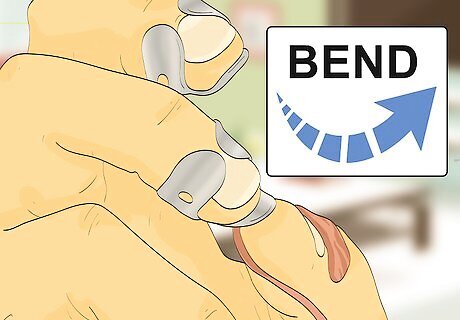
Try to bend the blade if you want the pick to curve with your finger. You don't have to do this if you are happy with the way the pick fits. If you want the pick to bend with the curve of your finger, you will need to bend the blade. You can do this by pushing the end of the pick on a hard surface, like a table, while wearing it. It may be more difficult to bend the pick if it is pretty thick.
Adjusting the Sound

Move the pick to fit at a slight angle. This will allow you to hit the strings of your instrument at a straighter angle. A straight angle will give your music a fuller sound. If the pick isn't too tight, you should be able to move it to a slight angle. The pick should cover half of the tip of your finger if it is angled correctly.
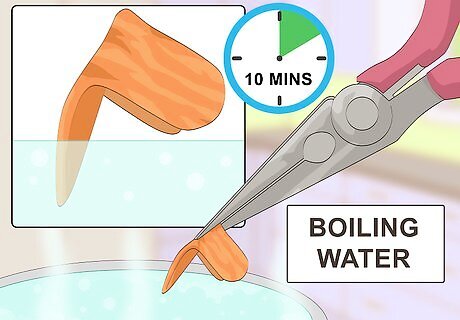
Reduce scraping noises in a plastic pick by heating the tip. This works best with the pick you wear on your thumb. Hold the pick with a pair of pliers. Dip the flat edge of the pick in boiling water, and hold it there for 10 seconds. Then, take it out of the water and twist the edge slightly while it's hot. This will make the edge of the pick flat against the string, reducing the scraping noise.

Keep the metal pick clean to avoid scraping sounds. Scraping sounds will happen with metal picks, but you can reduce how often this happens by cleaning them. Use a soft cloth or chamois, which is soft leather. Use the cloth to rub the surface of the pick to keep dirt from building up. It's also good to keep the strings clean so the pick doesn't hit a dirty surface.




















Comments
0 comment